The Quick Low-Down:
Final Analysis: The Moultrie Mobile Wireless Field Modem MV1 did very well overall in our 12-week, real-world field test. We give the unit an 8 out of 10.
It’s only real weakness was a rather cheesy design for securing it with a Python-type cable (but we feel no matter what you do, a thief who really wanted something strapped to a tree is going to get it).
Battery life was good, and we have little doubt that it would have been better had we used the suggested lithium batteries.
The fact that every modem needs it’s own data account with Verizon means that it could get rather costly if you added very many of these units to your field-scouting arsenal, as well. (Just something to keep in mind).
The real question to us is this: would we buy another one of these units? (We aren’t given these units, we buy them with our own cold-hard cash). And the answer is a resounding YES! These units revolutionize the way you scout using trail cameras. And we believe the wireless design is the future of trail cameras. I plan on picking up at least a couple more for next season. They keep you from scaring animals because you don’t have to barge in periodically to pull memory cards. And, perhaps most important, they let you hunt what is currently happening instead of what has happened! This means you can sneak in and hunt stands that are hot right at that very minute! A HUGE advantage for sure and one that we have taken advantage of ourselves.
The Test:
The Moultrie Mobile Wireless Field Modem MV1 is used to connect to a suitable Moultrie camera so that images from the camera can be transmitted electronically to be viewed on a desktop computer or mobile device.
The camera takes the picture and, presto, the picture is pretty much immediately visible on the device!
But does Moultrie wireless modem work?
That is the question.
Pros:
The Moultrie Mobile Wireless Field Modem is small and lightweight at 18 ¾ ounces or 1.17 pounds (with a full set of 8-AA batteries according to my digital kitchen scale) (easy to transport)
The modem measures: 3.5 x 5.5 x 1 ¾ inches (roughly)
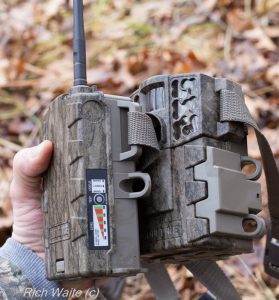
The Moultrie wireless modem is small. Here is in my hand with the Moultrie 888i mini game camera that I used as well.
A free Application is available for Android and Apple devices. The app. Lets you do everything you can on your desktop computer as far as seeing photos and controlling your camera goes.
The wireless modem appears to be well made and was reliably weatherproof in 12-weeks of field use. (I used the wireless modem in a variety of weather conditions, from 90-degrees Fahrenheit down to -10 zero, along with heavy rains and snowy conditions)

The Moultrie wireless modem has rubberized gaskets around the connections to help seal it from fowl weather.
Despite the camera I choose to run with the wireless modem needing a firmware upgrade, it was still a very straightforward and easy setup. Moultrie states that you must make sure the camera you choose to use with the modem has the necessary updates — so this step is critical!
The unit did better than I expected with battery life.
The modem didn’t chew through them that bad at all, despite me not even using the recommended Energizer or lithium batteries.
I used Duracell batteries initially because that is what I had. I replaced the Duracell Quantum batteries when they were only down to about 60% just because I was in the area and didn’t then and didn’t know when I would be in the area again or how fast they would go down from there.
I replaced those batteries with Rayovac High-Energy. Again, because those is what I happened to have with me.
I didn’t expect much from these batteries, to be honest. However, they did very well and accounted for a solid 6-weeks of performance and more than 2,000 photos in some very cold and nasty Iowa winter weather conditions (several days below zero). The Duracell Quantum batteries did well too and lasted 6-7 weeks and accounted for about 1500 photos (the weather during this period was mostly mild and in the 45-90 degree Fahrenheit range).
How much better would this unit have done in a less extreme environment and with the recommended lithium batteries?
The modem was easy to hang on a tree with the included nylon strap. Although the plastic strap-clasp left something to be desired, at least upon first glance, it actually worked well and was easy to use. The strap had plenty of length and according to my trusty tape measure should go around a 23” diameter tree with about 1” inch to spare.
The wireless modem does have holes along the side for which one could use a locking cable in some effort to secure it to a tree from theft. However, the unit, like all units on the market that I am aware of, is made of plastic. Even a stupid and/or lazy thief would not have much problem stealing such a unit, if he/she wanted to.
The Moultrie wireless modem connected fast to the Verizon 3G data network that it must use. (The Moultrie wireless modem must run on Verizon and uses no other carrier at the moment)
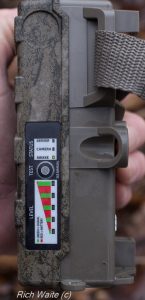
Status level indicators along the side of the unit tell battery supply levels and data connection strength. The on and off button is right there as well.
In my area, Verizon works pretty well. But, you need to check the coverage map to see if Verizon has good coverage in your area. Moultrie suggests having at least three bars of strength showing on the unit itself for good results with the Moultrie wireless modem.
The Moultrie wireless modem is separate from the camera itself. Although not a feature in any way of product quality or build, this could be a handy and cost-saving feature if you happen to already have at least one Moultrie camera that is 2015 or newer. (Note: “A” series cameras have limited functionality with the Moultrie Mobile system according to company data).
Also, whenever the modem decides to quit working, someday, who knows when, it should be cheaper to replace just the modem than a competitors unit that may have the camera and modem combined as one, such as the Covert Special Ops Code Black or Spartan HD Go Cam (I have zero experience with either of these).
Of course, the camera would quit working some time too. But with a combined unit, one would need to replace the whole thing — meaning both the camera and the modem, if either one would go out.
Cons:
I didn’t really find any problems with using the Moultrie wireless modem. Moultrie acknowledged that they did have some problems with their website but they fixed that issue right away.
The holes to run a “Python” or similar cable locking device around the wireless modem are plastic – easy for someone to steal this unit if they really wanted to. (This is not unlike most every other unit I have seen though)
The Moultrie wireless modem is mass produced in China. Is this good or bad?
And every other unit – but those from Buckeye – are as well.
The story of the test:
Note: As we already mentioned, The Moultrie Mobile Wireless Field Modem MV1 works exclusively with Verizon’s 3G data network. So, be sure you have coverage from them before purchasing this system (see map below).
My Experience with Wireless cameras
For nearly 10 years, I’ve used wireless cameras in the field and have long understood their advantages for hunting. Simply put, they tell you what is happening NOW not just what has happened IN THE PAST.
This is a major advantage of a wireless camera system!
If you see a big buck working a scrape at 2 pm on November 02, for example, then perhaps you can sneak into a stand just down the ridge and intercept that buck.
Or, maybe, just that piece of information will help decide for you better of what could have been a “coin flip” sort of decision over where and of which stand to hunt that evening. Now, you will go where you just saw a big buck on your camera!
You simply do not get this sort of instant information from a “traditional” trail camera setup.
This is a clear advantage with an “instant” or “wireless” trail camera setup. In fact, I’ve used this sort of instant information myself to harvest a big buck on more than one occasion, over the years!
Another huge advantage with a wireless trail camera system is that you don’t have to traipse through the woods every so often to check your camera. This not only disturbs the very game that you are after but it is extra time and effort on your part as well (which usually equates to extra money too)!
With a wireless trail camera setup, you no longer do you have to drive down to the farm, spending time and money on gas and whatever else along the way, just to check your trail cameras. Now, the pictures are delivered right to your email inbox, or via text, just seconds after being taken!
Talk about convenience and a great money saving advantage in the long run! This really is it.
The future of game cameras:
I’ve been using wireless cameras for years now but not this type.
I had always used the Buckeye Orion system.
The Buckeye system has been near bulletproof for me, too. I have two of these cameras setups running pretty much 365-days per year and they work 24/7 for me. I rig them with a solar panel and the only time I touch them is every year or two when one of the $35 batteries decides that it will no longer take a charge. That’s it. And, no, I’m not kidding! I have no experience with the new, and less expensive, X series of cameras that Buckeye is selling.
The built-in-Ohio Buckeye system has been very reliable for me (and they have top-notch customer service, although, I’ve found that I hardly ever need to use it because their cameras just keep working). However, the Orion system that I’ve always used is expensive and, since I used their computer-based system, my cameras need to be within a mile or so of the base station, which is attached to my computer (the company claims up to a 2-mile range and that may be true over open areas but that is not realistic in the rolling woods where I hunt. I know. I’ve tried to extend the range).
So, I use the Buckeye system on my home farm. But on other farms, where I don’t have a computer within a mile of the cameras I place, I need another system. Buckeye has one. Bu,t their cell-based system is costly and a beast of a system to set up (I know, I’ve set them up).
I’ve been waiting for a cheaper and easier wireless camera alternative.
A small and a highly portable alternative.
I knew the technology existed so where was it? How come no one seems to be using this technology?
I waited.
And I waited.
And, finally, someone seems to have delivered an answer.
Or did they?
Does Moultrie have the answer with their new Moultrie MV1 Field Modem?
In October of 2016 I decided to purchase one and find out.
I ordered one from Amazon and a few days later I found myself holding a new Moultrie Mobile Wireless Field Modem MV1 (say that 100 times fast!)
And since the Moultrie wireless modem connects to a camera to pull the images from – I knew I needed a camera as well.
I did a little bit of reading up on them and I found several people using the M-888i mini game camera with good results, so I bit the bullet and ordered one of those as well.
After all, I did need a camera to use with the modem. I had a several older Moultrie cameras but the new wireless modem system only works with Moultrie cameras of 2015 and newer. (It turns out that I am REALLY happy with this camera! It has been flawless so far and the battery life and image quality have proven excellent as well).
I spent $199.99 for my Moultrie Mobile Wireless Field Modem MV1
And then I spent $148 for the Moultrie M-888i mini game camera.
In total, I spent $347.99 to create a system that, on paper, looks to be very impressive. I could have spent less and gone with a cheaper Moultrie camera than is the 888-i mini. I went with this one because it looked to be a solid camera as far as features go: having 14-megapixel resolution, a 0.7 second trigger speed, a claimed long battery life, and last but certainly not least – and a really BIG feature to me – is that it also has invisible night-time IR.
I thought this camera and this wireless modem should combine to make a really killer combination in the field.
How does it work?
After registering my modem with Moultrie, I was instructed to ensure that my camera had all the latest firmware updates.
You’ll need to be sure that you have fresh AA batteries for your camera and for your field modem (they each take eight AA’s). Moultrie suggests using Lithium or Energizer batteries. Well, I had Duracell Quantum batteries, in my “battery drawer” at home, for some strange reason, so that’s what I put into the modem for its first test run.
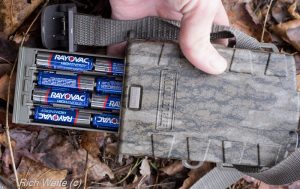 I was pretty sure that the recommended lithium batteries would probably be best – especially in super cold weather or when ultimate long battery life is desired. But they are quite a bit more expensive and I would be running my camera close to home and in pretty mild temperatures, at least initially. So, I figured that if the modem ate through my batteries really fast I would be able to change them out pretty easily anyway. No big deal.
I was pretty sure that the recommended lithium batteries would probably be best – especially in super cold weather or when ultimate long battery life is desired. But they are quite a bit more expensive and I would be running my camera close to home and in pretty mild temperatures, at least initially. So, I figured that if the modem ate through my batteries really fast I would be able to change them out pretty easily anyway. No big deal.
I realized, though, that since lithium batteries were recommended my Moultrie wireless modem might not even work correctly without them.
However, I thought I would just give them a shot anyway. After all, I had nothing to lose.
You’ll also need a good SD card for the camera.
And one KEY thing I found out, too, is that your camera must have taken at least one picture in it’s “lifetime” before it will work with the modem. That’s really weird, I thought when I read that. But, okay, easy enough, so I waved my hand in front of the camera and completed that mission.
The camera needed an update
My camera needed an update, according to the Moultrie website, even though it was brand-spanking new.
But, I found out, that this was no big deal. I just followed the directions on the website.
I downloaded the updates onto an SD card and placed the card into my camera. From there, the camera installed the updates with a flip of a switch.
Again, no problem.
Select Data Plan
The next thing to do was to select the data plan, from Verizon, that I desired:
I really wasn’t sure where I was even going to place the camera yet – on a trail, fence crossing, or maybe over a scrape? I might even place it over a small food plot where I could get lots of pictures of deer in a very short amount of time. For this reason, I selected the large data plan for $19.99/month. (And I found out that this plan was plenty large enough for the photos that were taken over the course of the test).
Setting it up in the field
Next, I simply went out to the field and found a spot to hang the camera and associated field modem. I ended up finding an area adjacent to a small field.

The Moultrie Mobile Wireless Field Modem MV1 uses a 30- inch heavy-duty USB cord to connect to a suitable Moultrie camera. The cord has rubberized ends to effectively seal out the weather.
I strapped the camera to the tree and then placed the Moultrie Mobile Wireless Field Modem MV1 on the tree just above the camera. I then connected the two with the heavy-duty USB cable that came with the Moultrie wireless Modem. I turned on the camera and then the wireless modem and. ..voila!
Everything seemed to be working! (press the “test” button on the right side of the modem to turn it on. The Moultrie wireless modem has various status level indicators showing connectivity to the data server, to the camera, and a battery strength level, indicator).
To be honest, that’s pretty much it! (And this may all sound like a lot but in reality, it wasn’t hard at all to get the system up and running and in short order).
The camera and Moultrie wireless modem sat there, strapped to that little shingle oak tree, for a few months and kept up their end of the promise – delivering me nice images straight to my web page account with Moultrie (you get this page when you initially register the modem with Moultrie. It’s where you log in to view your photos and make adjustments to your camera system and modem).
Now, from my computer – or mobile device – I can do and see all sorts of things relating to my camera and Moultrie wireless modem. Things like adjusting detection delay times, PIR sensitivity level, time lapse on/off times, as well as the resolution of the photo and various other things.
It really IS amazing!
I can be sitting in my tree stand and check photos that came into my email just seconds earlier from a camera just around the corner! Or, perhaps, from a camera across the country that I decided to put on the system!

Here is a view of the Moultrie website where you can see all sorts of details regarding your modem and camera signal.
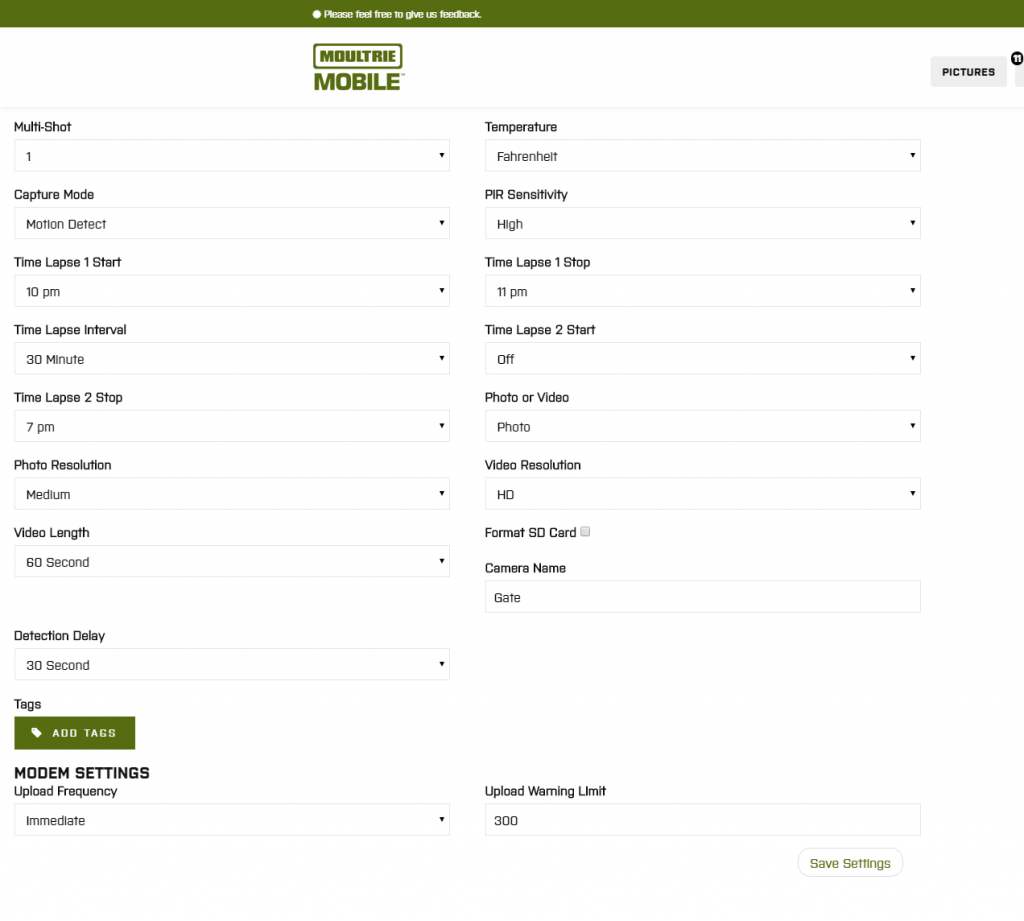
You can see how much control you have remotely. Right from the web page, you can adjust most functions of your camera remotely.
How’s that for convenience?
Is it reliable?
I was expecting problems, to be honest.
But the system was near bulletproof for me, during the nearly 12 week test period.
Actually, the system WAS bulletproof, for me.
I did receive a notice from Moultrie in early January, via email. They apologized because they were experiencing some issues with their website. However, I didn’t notice an issue with this. And less than a day later, I received an email from Moultrie stating that they were happy to report that the website issue had been resolved.
I was doing some work in the area of the test camera in early December and noticed that the Duracell Quantum batteries that I had originally placed in the modem were down to about 60% (this was after 6-7 weeks and 1200 photos or so). Not knowing how fast they would then drop down to zero percent in the colder temperatures that were moving in, or when I’d have another easy chance to replace batteries, I decided to put in some new ones. So I put in the only batteries that I had, which happened to be Rayovac High Energy.
Were they really High Energy?
I had my doubts about those batteries working very well or for very long in the COLD temperatures that we were starting to have. But to my surprise, these batteries did really well and lasted until January 23. So, they lasted 5-6 weeks and were good for about 2,000 photos. I was pretty happy with these results, especially considering that we had some very cold days during this period, including some sub-zero temperatures, and that they weren’t even the recommended lithium batteries.
Despite the cold and the snow and the down-pouring Iowa rains that we experienced during the time that I ran the Moultrie Mobile Wireless Field Modem MV1, the unit performed to near perfection.
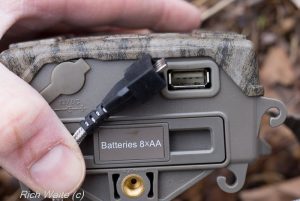
I found the Moultrie wireless modem made good tight connections with the supplied heavy-duty USB connection cord.
In fact, I would say that the unit performed beyond my expectations.
The Moultrie wireless modem just worked and it delivered what was promised. It did this 100% of the time during my test period.
I haven’t talked about the images from this setup for a reason.
That’s because you can use many different cameras with the Moultrie Wireless Field Modem MV1. Thus, you can have many different levels of camera picture/resolution quality, depending upon the camera you decide to use. So pictures you get from this system will, no doubt, be dependent upon which Moultrie camera you elect to use and what resolution you have it set to.

An image of an Iowa whitetail buck. I selected a medium resolution with my camera settings most of the time. This seemed like all the resolution that was necessary to field inspect whitetails.
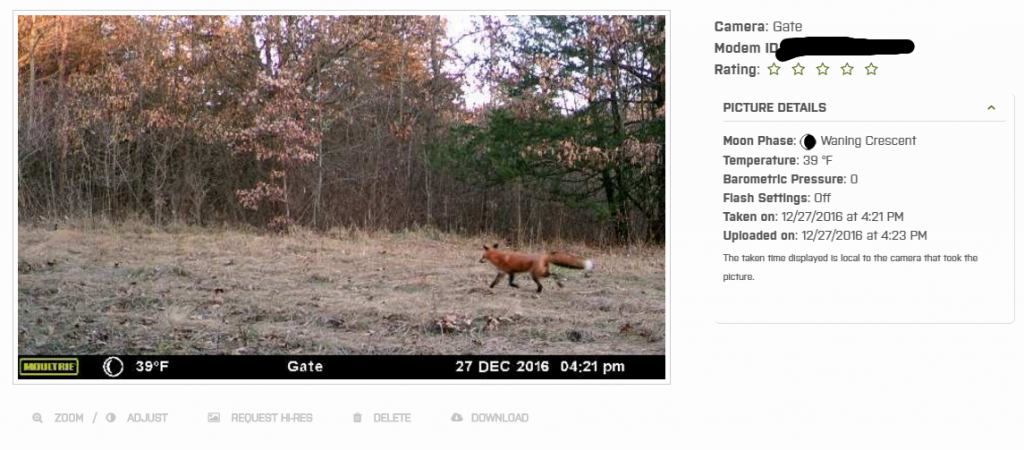
Image of a red fox. I played around with my camera’s settings on the Moultrie website access control panel. It is easy to change such things such as image resolution, PIR sensitivity, timelapse, capture modes, etc., all from your computer at home or mobile device!
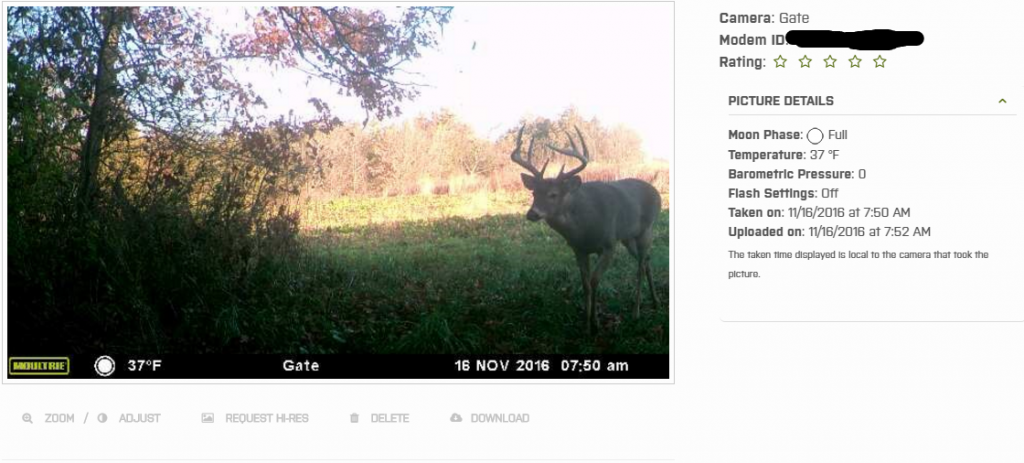
I was happy using a medium resolution setting with the Moultrie 888-i mini game camera that I used. One can request high-resolution images from Moultrie any time. There is no additional expense for high-resolution images but it does add to the amount of data that comes from the plan that you choose.
I can tell you this: The Moultrie 888-i mini Game Camera that I used delivered high-quality images. The images had a high degree of dynamic and tonal range as well as crispness and overall image “pop”. I didn’t expect anything more, especially from a trail camera.
No, you probably won’t get cover material for National Geographic via your Moultrie wireless modem. But you’ll be able to impress yourself or your friends with some great images of deer and other critters that your system catches day or night. I was, and still am, more than pleased with both the modem and the camera!
Of course, there are other wireless trail camera systems on the market now, too. It seems like this segment of the market sort of took off the last couple of years.
What about those?
Browning makes a camera with a built-in modem, for instance. I’ve heard some good things about this unit. I thought about getting this unit instead of the Moultrie at first. But after I found out that the Browning uses AT&T, I knew I couldn’t go that route.
In my area of southern Iowa, AT&T service is right next to being non-functional. I had to have a unit that relied upon either U.S. Cellular or Verizon. Those being the only two companies that really had reliable signals in my region.
So one key thing to ask yourself is “what is the best service provider in the area I’m going to put my camera”? You have to have at least decent coverage for a system to work.
Another reason I choose the Moultrie Mobile wireless modem over a different make is that the other companies all seemed to have their modem built right in with the camera – as an “all-in-one” unit. (Such as those from Spartan and Covert).
And maybe this seems like a good, or even better, idea at first.
But, after thinking about it, I figured it might be better to have a $200 modem vs? amount more with a camera/modem combination all-in-one setup. I mean these things are going to break or just quit working sometime, right?
And when they do?
I’d rather be replacing a $200 modem than whatever more it may cost to replace both the camera and the modem as I would have to do given a different unit (even if only one component goes faulty). So I wouldn’t be hit in the pocketbook quite as hard or all at once anyway with the Moultrie.
And, I like the way the Moultrie wireless modem can be used with any 2015 or newer trail camera, too — instead of just some camera that the modem is built around.
It just seems the Moultrie wireless modem is a bit more adaptive in that regard with different cameras that I may end up with over time.
We will see how the Moultrie Mobile Wireless Field Modem MV1 holds up.
Only time will tell.
But so far, so good!

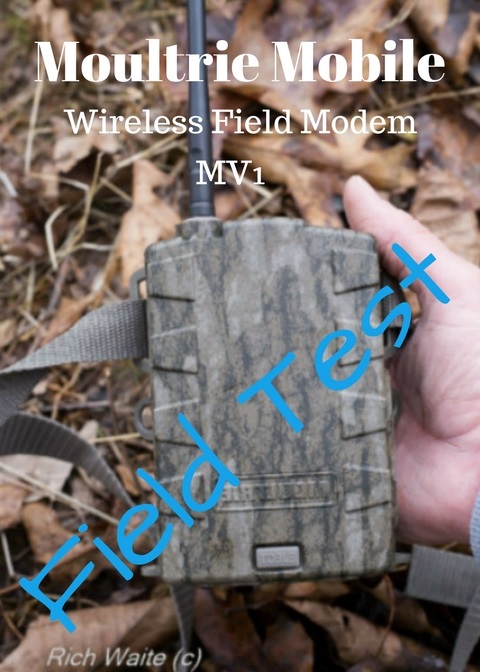

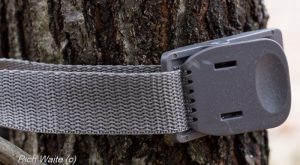
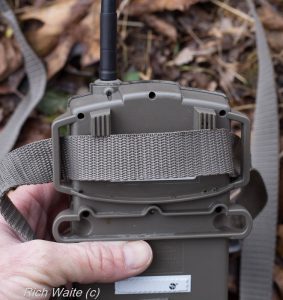

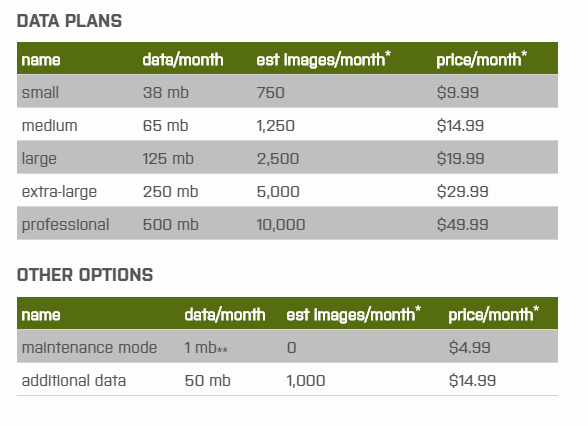
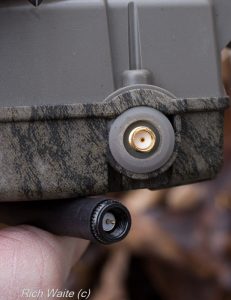

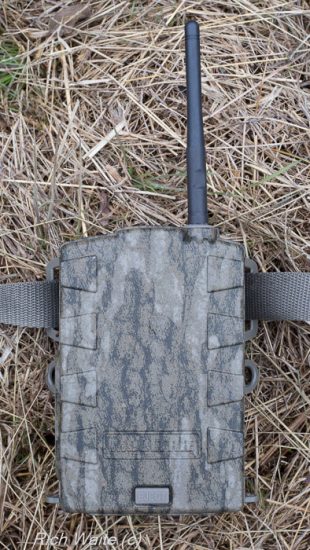
Can you tell me if the A20i camera will work with the modem?
Yes…it is supposed to.